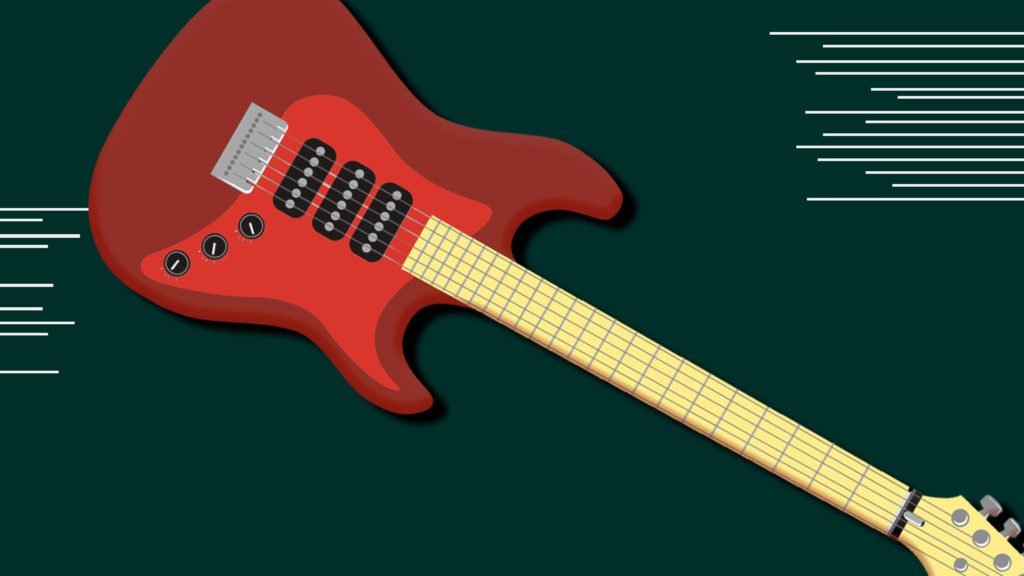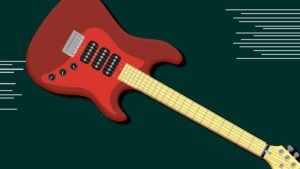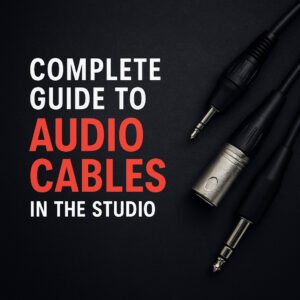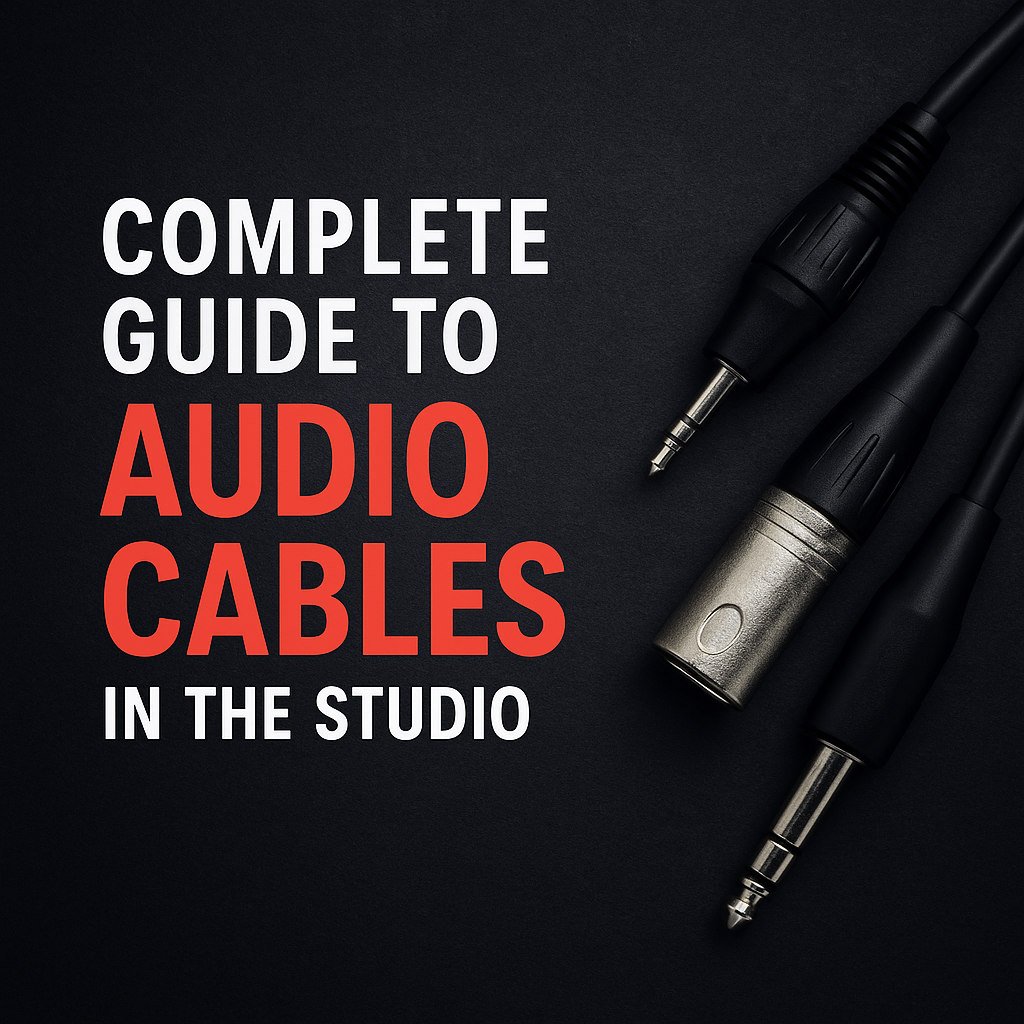Buying your first electric guitar can be quite a daunting task. With so much variety available, it might be helpful to define certain parameters you should take into consideration before making your first purchase. Whether you want to play the guitar for the first time or jump straight into the world of electric guitars, learning about the features and construction of electric guitars will help you make an informed choice.
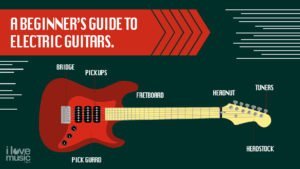
Let’s examine the three key factors in greater detail: budget & intention, technical specifications, and guitar setup.
1. BUDGET & INTENTION
As a beginner, it’s important to use a guitar that is properly sized, sounds great, and matches your own musical tastes and aspirations. Full-sized electric guitar bodies vary considerably in size and weight, and those factors should also be considered. In India, you may find electric guitars for as low as INR 6,000, but guitars at the low end of the price range aren’t usually that well built or conducive for learning. It is important for beginners to have a guitar that’s easy to play and stays in tune. Consider paying a little more for the right guitar. Often, you can save money in the long run by purchasing a better guitar and skipping all maintenance costs. An instrument that’s hard to play or won’t stay in tune will deter even the most enthusiastic beginner.
2. TECHNICAL SPECIFICATIONS
Outlined below are the basic parts of an electric guitar.
Pick-ups
Simply put, these are magnets placed below the strings that capture the vibrations and convert them into an electric signal. There can be one pickup or as many as three or four, depending on the guitar.
* Single-coil pickups
Known for their brighter crisper tone. These are common on Fender electric guitars, such as the Stratocaster and Telecaster, two guitars that are typically used in rock, country, and pop. Some notable users of the Fender Strat single-coil sound include Jimi Hendrix, Eric Clapton, and Stevie Ray Vaughan.
* Humbucker pickups
Perceived as rounder and warmer producing a thicker sound. A humbucker uses two coils and either two magnets (or sets of magnets), or pole pieces at opposite ends of a single magnet. Famous players whose sound is associated with the double-coil “humbucker” sound include Jimmy Page, Joe Perry, John Lennon, BB King, Wes Montgomery, and Chet Atkins.
Volume knobs
Standard electric guitars have as many as three-volume knobs. These allow you to adjust the output volume of the guitar and each of the pickups.
Tone knobs
These knobs are used to toggle between the high and low frequencies and manipulate the tone coming from each pickup. There are usually different tone knobs for each pickup in the electric guitar.
Selector or cut-off switches
These are used to select between the individual pickups and activate them or cut them off. On most guitars, you can use some combination of different pickups. The most common is a 5-way selector.
Bridge
There are several types of bridge-tailpiece systems, with the following being the most common:
— Tune-o-matic: Originally developed by Gibson in the 1950s, this is a very common design that allows individual intonation of strings and overall adjustment of string heights.
— Floyd Rose: It clamps down on the strings at both the bridge and head nut. The result is rock-solid tuning, even when the vibrato arm is used radically.
— Bigsby: This is a large, relatively heavy device that includes a rotating bar on which all of the strings attach. Many players like the vintage vibe of a Bigsby.
— Six-point rocking tremolo: This was the original rocking vibrato designed by Fender in the 1950s. It provides greater vibration and hence better resonance.
Tone Woods
It’s important to consider the type of wood used to make the electric guitar. Although beginners are unlikely to notice a huge difference between the levels of sustain, it’s useful to know a bit about the different types of woods to demystify the process. Most guitar bodies are made of maple, mahogany, or poplar. Common tone-woods include:
— Alder: lightweight with a balanced tone.
— Ash: open-grain with a balanced tone; great for transparent finishes.
— Basswood: lightweight and warm-sounding, with strong mids.
— Korina: medium to heavy; very warm-sounding; fewer highs.
— Mahogany: medium to heavy; very warm with great sustain.
— Maple: medium to heavy; very bright with long sustain.
— Poplar: lightweight hardwood; bright and crisp
Body Styles
An electric guitar comes in three basic body styles: solid body, semi-hollow, and hollow body.
— Solid-body guitars are a good choice when sustain, loud amplification and lots of effects are required.
— Semi-hollow body guitars are useful when you need more of the acoustic sound of the guitar with high levels of amplification.
— Hollow body, or “jazz” guitars, provide the acoustic sound of the guitar but can be prone to feedback at high levels of amplification.
* Output Jack
This is usually on the back end of the guitar, or the bottom lip, where the guitar can be plugged into the amplifier via a quarter-inch cable.
3. ELECTRIC GUITAR SETUP
Although it might be difficult for a beginner to judge the setup of an electric guitar in terms of “intonation” and “action”, the following factors should be considered:
* Press the strings to the fretboard. You should be able to press them down fairly easily, and there shouldn’t be much space between the strings and the neck. That space between the guitar and the strings is called the “action”. You want a guitar with medium to low action.
* Examine the neck. It should be straight, with no bowing or warping. It’s hard to tell just by looking, but if the strings are buzzing and hitting the neck when you pluck them individually, the neck is probably warped.
Useful Links:
Learn to Record an electric guitar!

